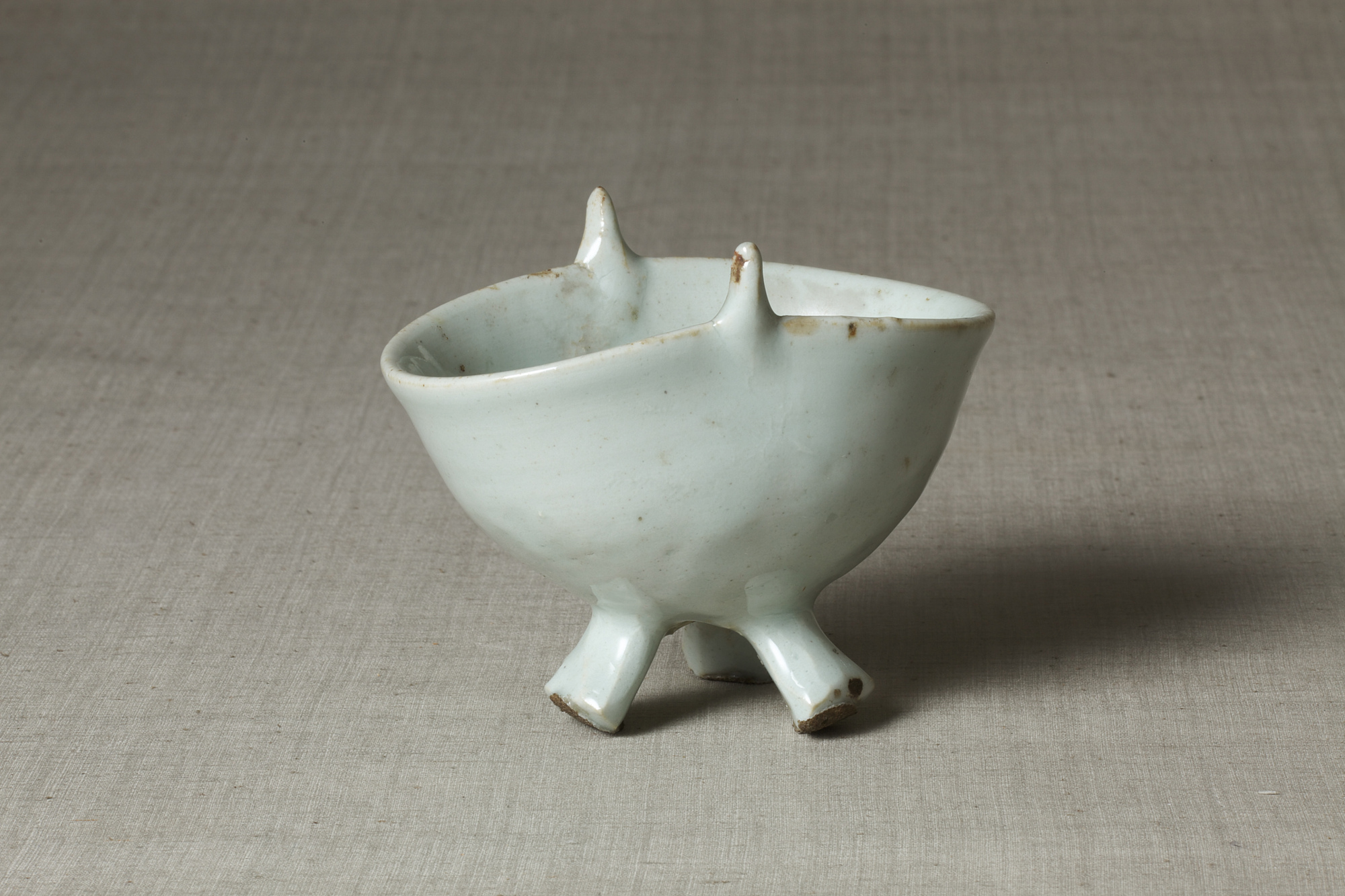The exhibition "Joseon White Porcelains," curated by The Japan Folk Crafts Museum, showcases 150 works of ritual and everyday porcelain of Korea's Joseon dynasty (1392-1910) from the museum's collection, which is one of the largest in Japan from this period.
"These Joseon pieces are almost devoid of decoration, aside from the occasional use of simple underglazes, mainly in light blue," says Takashi Sugiyama, the museum's chief curator. "The sculptural qualities and lack of ornamentation gives these vessels an aesthetic purity and a sense of expressiveness, enhanced by their white glaze and simple forms."
White porcelain was first introduced from China to Korea in the 10th century, and from the early 15th century it was used to make ritual vessels based on the shapes and stylistic motifs of Chinese bronze ritual vessels. In reworking the styles into porcelain, Korean artisans simplified the designs, reimagining them as streamlined objects without ornamentation. On display at the exhibition is one particularly striking example of such vessels: a 19th-century creamy white three-legged wine cup. Its form, rough surface and monochromatic use of color enhance its beauty.

















With your current subscription plan you can comment on stories. However, before writing your first comment, please create a display name in the Profile section of your subscriber account page.